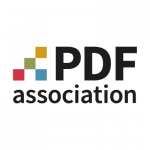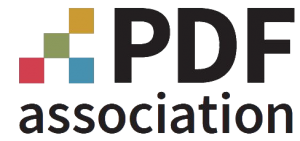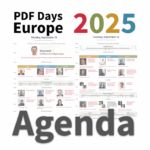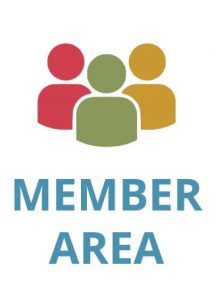New Techniques for Accessible PDF

The PDF Association staff delivers a vendor-neutral platform in service of PDF’s stakeholders.


The PDF Association today announces its initial release of Techniques for Accessible PDF to help software developers, document authors, and remediators create accessible PDF files that better meet the needs of users with disabilities.
Drawing on the expertise of the members of its PDF Accessibility Liaison Working Group and community feedback, the Techniques for Accessible PDF provide authoritative answers to questions on how to make PDF files accessible consistent with both ISO 14289, the international standard for accessible PDF and W3C’s WCAG standard for accessible web content.
The new Techniques will advance accessibility of digital documents across the full spectrum of PDF use cases, including office documents, rich layouts produced by desktop publishing applications and high volume documents generated by government, banking, insurance and other providers. These Techniques provide vendor-neutral information and example files allowing PDF files to be precisely tested while ensuring software developers retain maximum flexibility and potential for innovation.
The PDF Association's Techniques improve upon WCAG’s Techniques for PDF in several ways while remaining consistent with the manner in which WCAG’s Techniques are presented.

Type and nature of Techniques
W3C’s Web Accessibility Initiative (WAI) published 23 PDF Techniques in 2008. W3C’s Techniques cover a few of the criteria that contribute to accessible PDF files, and do not distinguish between Techniques that apply to any PDF file vs. Techniques that apply only as required by a given document’s content.
The PDF Association’s first release includes 18 Techniques and 20 failures that the organization categorizes as “Fundamental”. Many additional Techniques specific to individual use cases (e.g., tables and lists) will be published on a quarterly basis going forward.
Vendor-neutral Techniques
W3C WAI’s PDF Techniques have provided advice since 2007. New software, and the emergence of ISO standards for accessible PDF, have allowed us to build on this work to develop new Techniques to support accessible PDFs.
The PDF Associations Techniques are entirely vendor-neutral, and focus attention on the file rather than the producing application. This approach enables all users, regardless of their preferred software, to engage with the Techniques.
Example PDF files
Every PDF Association Technique includes a functional PDF file demonstrating a correct or incorrect approach to the subject covered by that Technique.
Unique Accessibility Technique Support Finders
The PDF Association’s Techniques include a unique text string that may be deployed by vendors on corresponding software documentation web-pages to indicate their support for the Technique. End users may perform web searches using this string in conjunction with a vendor or product name in order to locate vendor-specific software and documentation that claims support for the Technique.
The PDF Association hopes that all stakeholders in PDF accessibility will benefit from these Techniques. Software developers, document authors and remediators using these Techniques will create accessible documents more easily so as to better meet the needs of users with disabilities.
Press inquires: Contact Duff Johnson




